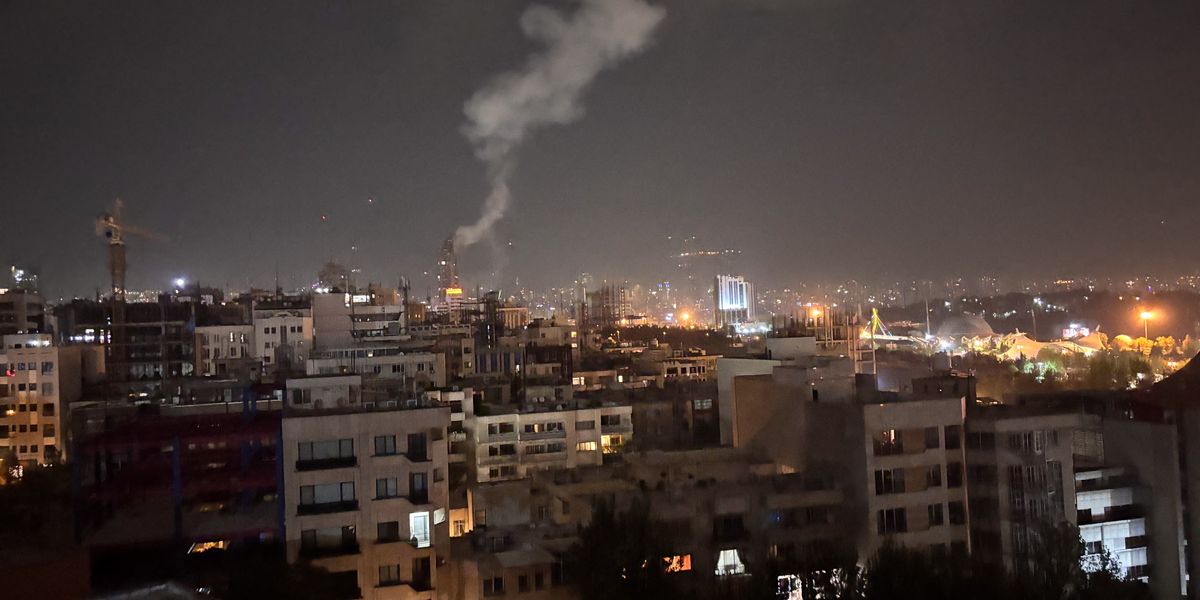For more than two decades, a special team of Mexican police officers has quietly worked along the northern border to track down and deport foreign fugitives who cross into Mexico to escape criminal charges in their home countries.
Known unofficially as The Gringo Hunters, the team operates out of Tijuana and specializes in locating and removing these fugitives—mostly Americans—who enter Mexico hoping to evade the U.S. legal system. Officially, they are called the International Liaison Unit of the Baja California State Police.
Their real-life operations inspired Netflix’s new series The Gringo Hunters (Los Gringo Hunters), premiering July 9. The drama is based on a 2022 Washington Post article that offered a rare look into how the unit tracks, arrests, and deports fugitives with speed and discretion.
Here’s everything you need to know about the real gringo hunters behind the Netflix series.
A unit few outside Mexico had ever heard of
Since its founding in 2002, the unit has deported more than 1,600 fugitives—mostly American men wanted for serious crimes such as homicide, kidnapping, sexual offenses, and drug trafficking. They average about 13 arrests per month. Among those captured are fugitives on the FBI’s Ten Most Wanted list, serial killers, and billionaires accused of securities fraud.
The Gringo Hunters work in plain clothes, drive unmarked vehicles, and rely on intelligence from U.S. agencies such as the FBI, the Department of Homeland Security, and the U.S. Marshals. They are trained in both Mexican and U.S. legal systems and focus exclusively on high-impact cases. Part of their training includes observing people who stand out in Mexican communities—an essential skill when tracking suspects who often try to blend in. For example, fugitives often wear more shorts and flip-flops than locals and speak little Spanish. Officers also watch for erratic behavior and physical characteristics such as tattoos or scars documented in U.S. criminal databases.
Instead of going through lengthy extradition procedures, the unit uses immigration violations to deport suspects quickly. Most arrests are completed within hours. Since U.S. agents cannot operate independently in Mexico, they rely on Mexican police to carry out arrests. This is not formal extradition, which requires a court process. Technically, fugitives are deported for breaking Mexican immigration law.
The case that revealed the unit to the world
Until 2022, the unit was largely unknown outside law enforcement circles. That changed when Washington Post international investigative correspondent Kevin Sieff embedded with the team as they prepared to arrest Damion Salinas, a 21-year-old American accused of murder in California.
Sieff’s article details how officers tracked Salinas in Ensenada, confirmed his identity, and coordinated with U.S. Marshals. The arrest took place roadside and was over within seconds. Salinas was deported almost immediately.
The article offered a rare window into the unit’s daily tactics and low-profile approach. Officers spend hours conducting surveillance in neighborhoods where fugitives are believed to be hiding. They travel in unmarked vehicles and avoid wearing uniforms to reduce the risk of alerting suspects.
The quiet rewriting of a border narrative
The unit’s nickname emerged informally among locals as shorthand for their mission: finding and detaining foreign fugitives who believe crossing into Mexico puts them beyond the reach of justice. While the team does not officially embrace the name, it reflects a reversal of the traditional border narrative. Instead of Mexicans fleeing north, Americans are hiding south of the border, and being tracked down by Mexican law enforcement.
Although Netflix’s The Gringo Hunters dramatizes their story, the real officers operate quietly and efficiently. They arrest fugitives and swiftly return them to face justice, often without public attention or fanfare. Their work requires patience, precision, and close coordination with U.S. law enforcement.











 English (US) ·
English (US) ·